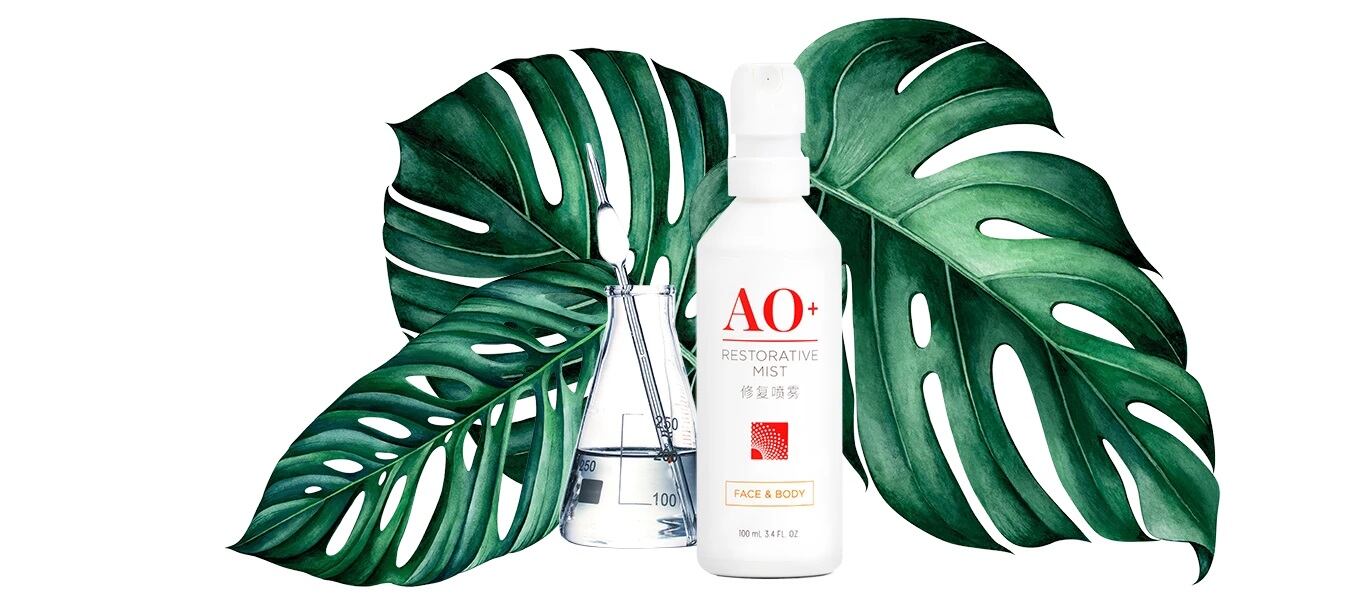Red ginseng is a symbol of longevity and vitality in Korea and other Asian nations like China. The traditional herbal medicine can be found as an ingredient in many anti-ageing products, including those from luxury brand Sulwhasoo.
“Koreans love to eat Red Ginseng as a health food. There are so many ginseng-related products on the market all focused on anti-ageing and we wanted to differentiate ourselves,” said Rachel Kim, assistant manager, Daebong Life Science.
She explained to CosmeticsDesign-Asia that the company wanted to find a way to utilise the bark of the ginseng, which typically ends up as waste.
Its research found that the bark of red ginseng contained oligosaccharides and led to the development of RG-Oligo.
“Oligosaccharides is 20% sugar. We found that it provided food for good bacteria, therefore, promoting the growth of beneficial bacteria. At the same time, it was found to inhibit the growth of the ‘bad’ bacteria, thus maintaining the balance of the microbiome,” said Kim.
According to the study conducted by Daebong Life Science, RG Oligo was found to promote the growth of the S.epidermidis strain of bacteria in 28 hours.
Kim said the company saw a lot of potential for this product as it has observed a rise in demand for products that target the skin microbiome.
“Probiotic supplements are very popular in South Korea, because of this, skin microbiome is now trending. That’s the trend process of the beauty market – it starts with food. When something is good for health, people will also think it's good for skin, just like ginseng,” she said.
Hydration sensation
The sugar content present in the oligosaccharides was also found to improve skin hydration.
“What’s interesting is that when you apply RG Oligo on the skin it feels sticky. Then it dries out and form a film on the skin. This coating on the skin was found to be very good at retaining moisture in the skin,” said Kim.
The company conducted a test using a corneometer to measure the moisture content of the skin. It compared a formulation with 2% RG Oligo and a formulation without.
With 2% RG-Oligo, the formulation was found to be 30% better than the formula without.
Additionally, the company also carried out another study using a popular product on the market.
“We investigated the market with a local website that ranks the best products in South Korea. We found that one of the consumers’ favourite products as a hyaluronic acid ampoule. So, we put 2% of RG Oligo in that formula and studied the effects,” said Kim.
The company did observe and increase in moisturisation which they hypothesised was due to the protective coating that forms on the skin.
Kim said now the company is looking into testing this product’s efficacy on pollution, another rising concern among South Koreans and other consumers in Asia.
Aside from skin care, Kim said the company will also look into hair care and colour cosmetic applications of the ingredient, but it has yet to explore those yet.





